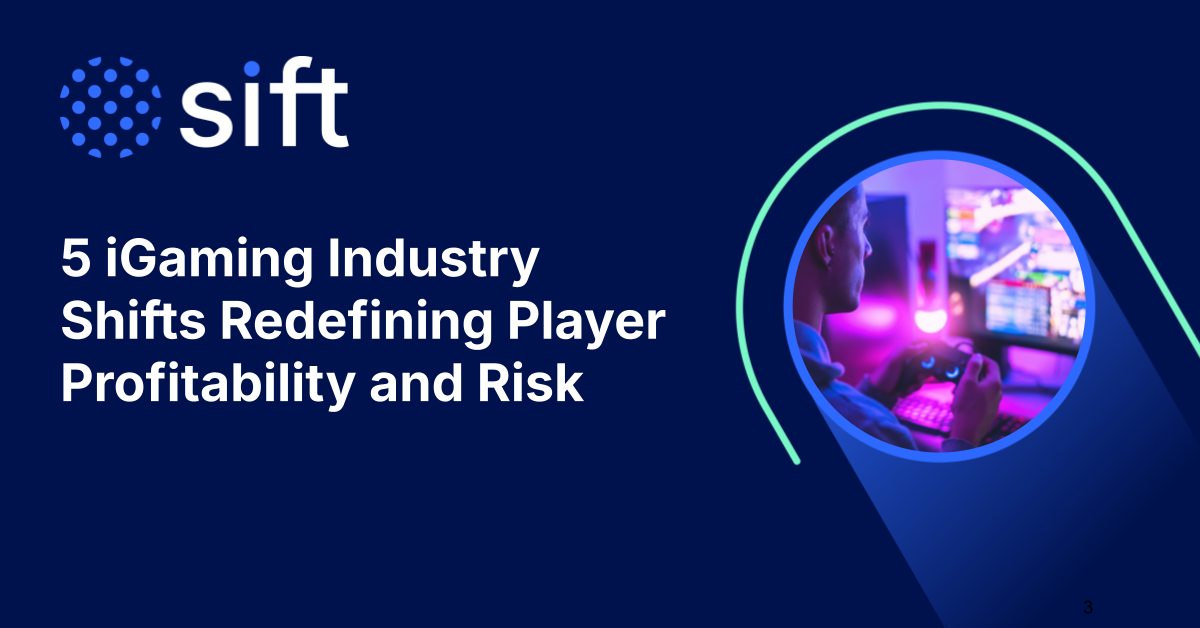On October 22, leaders in the fraud prevention, payments, and Trust & Safety communities came together for an evening of learning and networking in San Francisco for Sift’s Journey to Growth Event.
Our Fraud Fighters Forums foster an exchange of best practices and open discussion among people on the front lines of fighting fraud, and the focus of the evening’s panel and fireside chat was on the importance of Dynamic Friction, the latest evolution and application of Digital Trust & Safety.
Today’s internet experience operates within a “guilty until proven innocent” model, resulting in user journeys that feel like going through airport security: businesses introduce blanket, indiscriminate solutions to secure user accounts and separate trusted users from fraudsters. The problem with that approach is that it winds up giving both parties the exact same experience, effectively treating customers like criminals. But with Dynamic Friction, user experiences are optimized based on behavioral and situational attributes – so your trusted users get a frictionless experience, risky actions get blocked, and everything in between gets an additional level of verification.
Some of the fastest-growing companies are achieving both growth and fraud prevention by embracing the Digital Trust & Safety approach to fraud-fighting, and they joined us for the evening to speak with our guests about what they’re doing to improve customer experiences and secure their businesses.
Trust & Safety leadership panel with Patreon, Udemy, and Nextdoor
Jacqueline Hart (Head of Trust & Safety, Patreon), Erin Sink (Trust & Safety Advisor, Udemy), and Gregory Wilson (Trust & Safety Operations, Nextdoor) sat down with Kevin Lee (Trust & Safety Architect, Sift) to talk Trust & Safety, fraud detection trends, account takeover (ATO), and more.
Fraud is an ever-evolving problem, with fraudsters constantly changing up their methods and forms of attack. The panel cited social engineering, synthetic IDs, and ATO as growing fraud trends to look out for, all of which they approach with a Digital Trust & Safety mindset. Eliminating customer insult without compromising security is at the core of this approach, but how do you achieve that?
Erin recommends devoting resources to understanding what your users’ normal behaviors are. With a clearer picture of your users’ typical actions, it becomes easier to differentiate between abnormal and potentially fraudulent actions versus low-risk activities. This is where Dynamic Friction comes into play: by considering the user journey holistically, businesses can better identify if and when certain actions require additional authentication – rather than applying friction indiscriminately across all users.
Gregory stressed that data drives decisions and we couldn’t agree more, especially as it pertains to the application of friction. A greater understanding of your customers’ behaviors empowers more informed decision-making and reduces the risk of insulting legitimate users with unnecessary roadblocks.
Fireside chat with DoorDash
DoorDash Co-Founder & CTO Andrew Fang had a talk with Sift CEO Jason Tan and weighed in on the topic of staying informed about your users:
“For a business like ours, having your Trust & Safety team be close to your Support team is key to Trust & Safety being successful. Support has all the info on what customers are saying and what’s going wrong; drill down on a case-by-case basis to get the insight you need.”
Fraud prevention should be a cross-functional effort throughout your organization because each team has unique insight into your customers, as well as how fraud is impacting teams differently. Support, in particular, has a direct line to users and will be ground zero for reports of customer insult. Achieve alignment across the organization to garner the most information on how successful your fraud prevention efforts are and to learn what isn’t working. Are you applying too much friction for good users? Are they being locked out of their accounts and taking those complaints to Support? Are your fraud-fighting methods too indiscriminate, with customers getting caught in the crossfire?
Ensuring teams stay checked in with each other, especially Trust & Safety and Support, will help you to better understand how your fraud prevention efforts are impacting your users, and how you might be unintentionally causing insult and friction for good customers.
Until the next Fraud Fighters Forum!
Thank you to our guests and speakers for such an engaging, informative evening! If you’d like to attend our next Fraud Fighters Forum to catch all of the discussions in person, be sure to follow us on LinkedIn, Twitter, and Facebook to know when the next event is happening. And if you want to learn more about why Dynamic Friction is a game changer for helping your business prevent fraud, deliver custom user experiences, and eliminate customer insult, read our ebook, Dynamic Friction: Delivering the Right Experiences at the Right Time.







